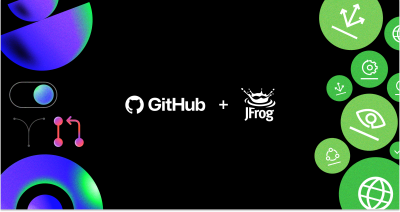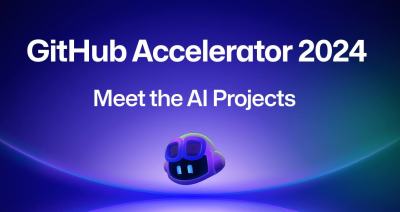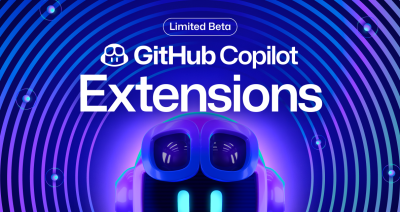Open source in the 5G stack
Developers know the value of openness, and increasingly policymakers are taking note. Open source and open standards approaches offer promising solutions to mounting policy problems related to digital sovereignty. One…

Developers know the value of openness, and increasingly policymakers are taking note. Open source and open standards approaches offer promising solutions to mounting policy problems related to digital sovereignty. One such area where open approaches can help is 5G. The U.S. National Telecommunications and Information Administration (NTIA) recently requested suggestions for an innovation challenge to accelerate the development of the open 5G stack ecosystem. GitHub filed a submission that emphasized the benefits of open source best practices and metrics in such a challenge.
Open source provides governments concerned with digital sovereignty and self-reliance with tools and developer best practices to ensure local benefits from global software collaboration. With open source, collaboration can provide solutions based on the merits of commits, not politics or proprietary interests. Open source is inclusive: if policymakers are concerned about the national origins of a project, nothing is standing in the way of them or their allies joining as well. And when it comes to security and interoperability, open source is one of the best methods we have: the broader community of security analysts can inspect source code to identify and address vulnerabilities, and a wider universe of developers can leverage open standards into the open source solutions.
It is no surprise that amid controversies over the security, development, and deployment of 5G, some have turned to open source development for portions of the 5G stack. Some promising efforts include the Open Network Automation Platform working with DARPA and the OpenAirInterface* working with the NSF, among others. Still others, including the Open RAN Coalition, are emphasizing open standards and using open source practices for some development.
In our filing to the NTIA, we described how best practices in open source and software development more broadly could support NTIA’s goals of a possible innovation challenge: to reduce barriers to entry for diverse actors to collaborate on an open 5G stack. We also emphasized the importance of inventorying dependencies, and the NTIA’s software bill of materials in particular, for building trust and driving adoption of an open 5G stack. We defined open source, referencing the Open Source Initiative’s definition, as policymakers have sometimes misdefined or confused the term open source with other uses of “open” meaning simply interoperable or available to all. We also offered metrics and criteria for the NTIA to consider in assessing 5G stack solutions against open source best practices.
Time and again, the developer community has created open source solutions to address pressing needs. Many of these solutions, including for government challenges and in the 5G stack, have been developed on GitHub. We stand committed to helping policymakers around the world understand how collaborative development and open source can address legitimate concerns around participation, security, sovereignty, and interoperability—in 5G and beyond. You can read our entire submission here.
* Note that the OAI Public License used for some repositories does not meet the Open Source Initiative definition of open source.
Written by
Related posts

GitHub and JFrog partner to unify code and binaries for DevSecOps
This partnership between GitHub and JFrog enables developers to manage code and binaries more efficiently on two of the most widely used developer platforms in the world.

2024 GitHub Accelerator: Meet the 11 projects shaping open source AI
Announcing the second cohort, delivering value to projects, and driving a new frontier.

Introducing GitHub Copilot Extensions: Unlocking unlimited possibilities with our ecosystem of partners
The world of Copilot is getting bigger, improving the developer experience by keeping developers in the flow longer and allowing them to do more in natural language.